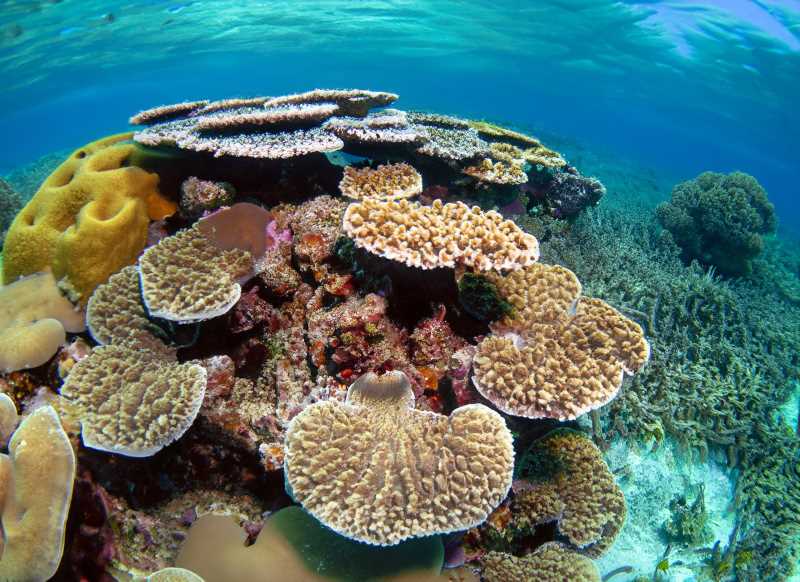How Being Off the Grid Saved Islas Marías' Corals
In the face of global coral bleaching events that threaten a quarter of marine life, the isolated Islas Marías archipelago off Mexico's coast stands as a beacon of resilience. Home to a staggering 16 species of vibrant corals, the islands boast a thriving, diverse marine ecosystem.

\In an era of environmental uncertainty, where coral reefs across the globe are succumbing to devastating coral bleaching events. The marine ecosystems around Islas Marías stand out as a shimmering testament to the resilience of nature when left relatively untouched by human activities. Situated off the coast of Mexico, the isolated archipelago boasts a plethora of marine life that has thrived thanks to years of limited human intrusion.
Before delving into the ecological sanctuary that is Islas Marías, it's crucial to understand the dark cloud that hangs over many of the world’s coral reefs. Coral bleaching is a significant environmental phenomenon that threatens about a quarter of all marine life. It occurs due to a variety of stress factors, such as water contamination and temperature changes. These stressors force the corals to expel the symbiotic algae living within their tissues, leading to their loss of color and potentially causing entire colonies to perish.




